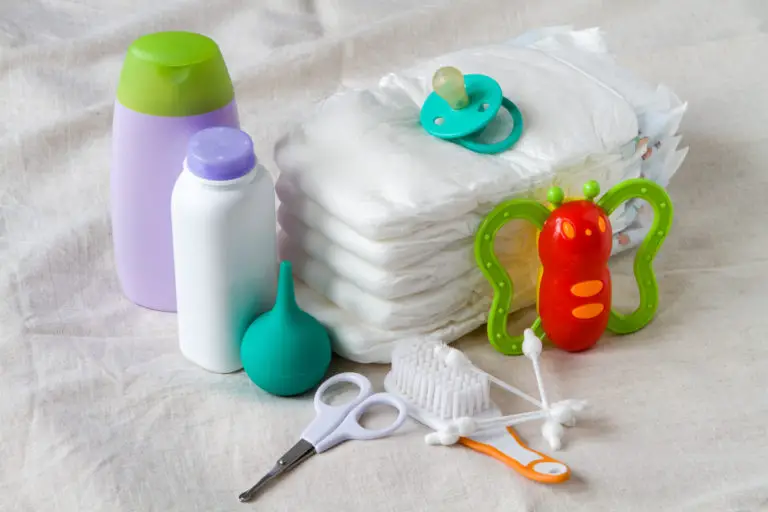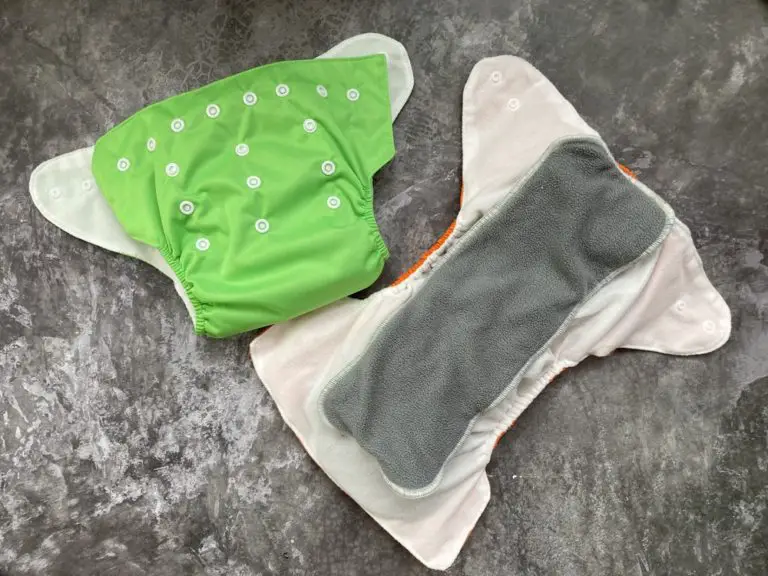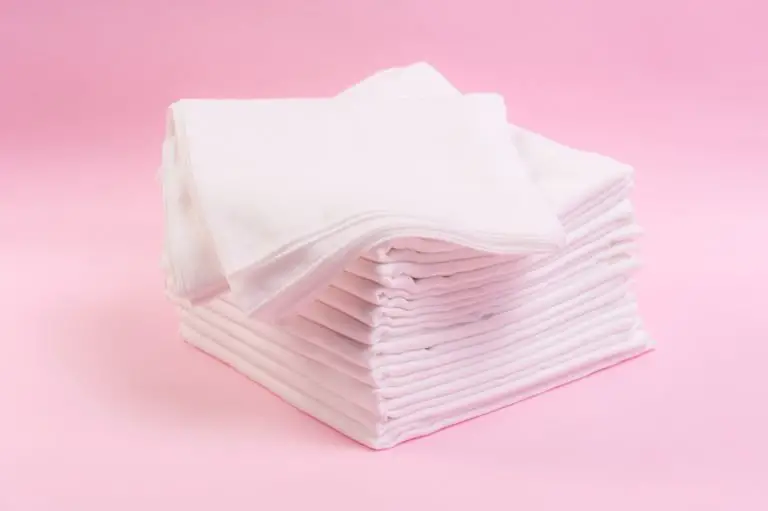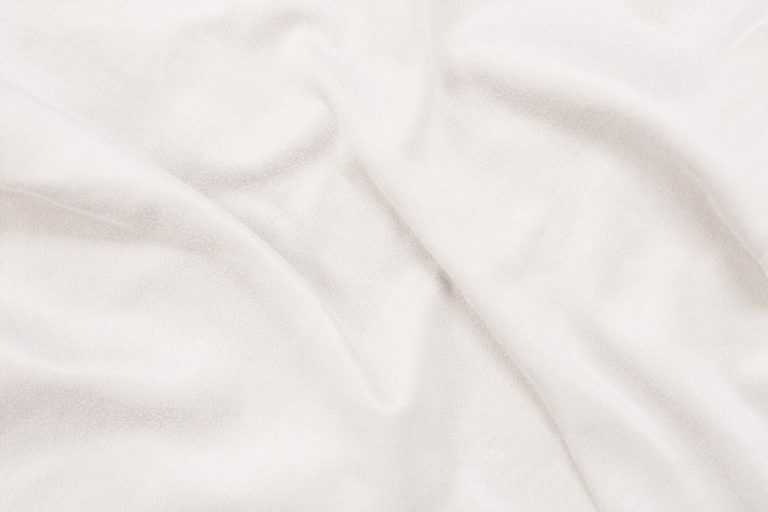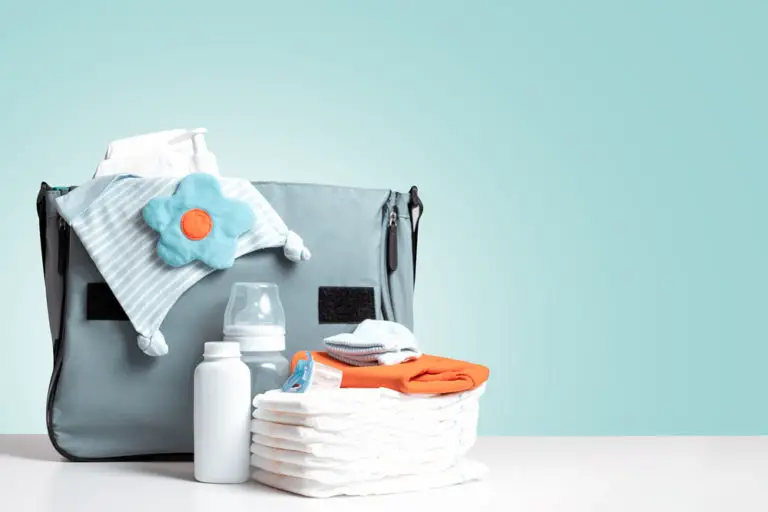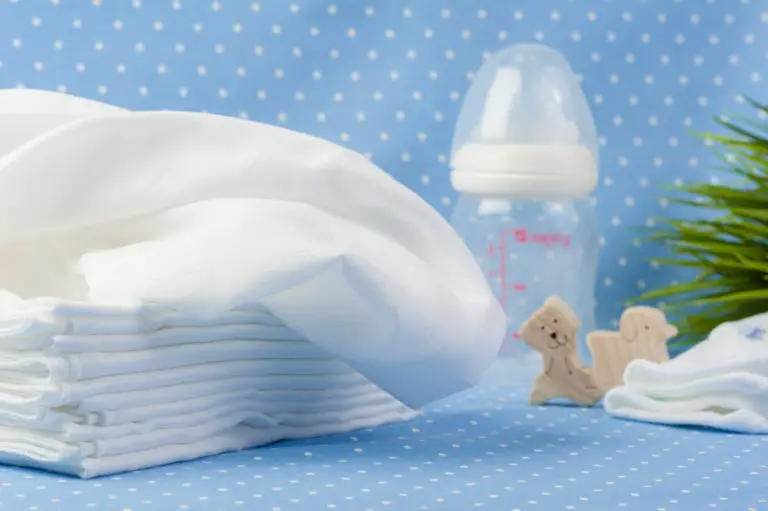Hemp Fabric: Properties, Pricing & Sustainability (2024)
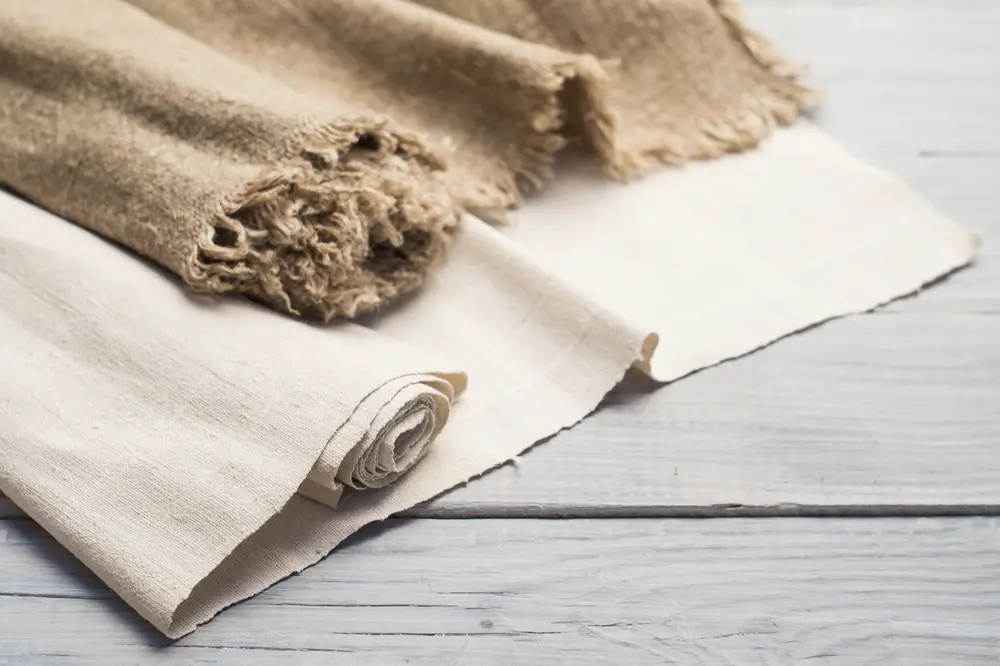
Hemp fabric is a textile made from the stalk of the cannabis Sativa plant, the same plant that produces marijuana, THC, and CBD oils. Despite the controversial issues and opinions surrounding the cannabis plant, it has been used for thousands of years to produce hemp textiles. Hemp fabric has many wonderful qualities and is a robust and durable fiber.
Fabric Profile
Fabric Name: Hemp
Synonyms: Industrial hemp
Fiber Type: Natural fiber
Breathability: Very breathable
Absorbency: Very water-resistant
Characteristics: Durable, breathable, wicks moisture away, doesn’t pill, moderate stretchiness
Washing Requirements: Wash in warm water
Common Uses: Cloth diapers, dresses, t-shirts, upholstery, dishtowels, bedsheets.
Heat Press Temperature: Use a high temperature with steam
- What is Hemp?
- Types of Hemp Fabric
- Hemp Fabric Characteristics
- Downsides of Hemp Fabric
- Common Uses of Hemp Fabric
- Hemp Fabric Pricing
- How is Hemp Made?
- Where is Hemp Manufactured?
- Hemp Fabric Environmental Impact
- Hemp Fabric Certifications
- History of Hemp Fabric
- Hemp Fabric Alternatives
What is Hemp Fabric?
Hemp cloth is an incredibly durable yet soft fabric made from the cannabis stevia plant. While this is the same plant that produces THC and marijuana, the plants bred for fabric purposes generally have very low THC present, and there are no potential side effects from wearing or using hemp textiles.
Traditionally hemp was used to make ropes and rigging on ships because of its strength, but modern hemp fabric is used for a wide variety of house goods, textiles, and clothing.
Hemp clothing has a similar feel to cotton, but it is three times stronger, so your clothes will last much longer! For example, hemp t-shirts and dishtowels have almost double the life span of cotton products.
Because of laws in the U.S. prohibiting the growing of cannabis, hemp has traditionally been grown overseas. However, slowly over the first 20 years of the 21st century, more U.S. farmers were granted licenses to grow hemp.
Finally, in the spring of 2021, it became legal in all 50 states to grow hemp as long as it contains .3% THC or less. As a result, more and more hemp fabric is being produced and sold in the U.S. as people discover the fabric’s exceptional properties.
Hemp vs. Cotton vs. Linen
Hemp, cotton, and linen are all fabrics made from natural sources. Hemp is made from the cannabis stevia plant, cotton from the cotton boll, and linen from the flax plant. There are many shared traits but quite a few differences too.
Similarities between hemp, cotton, and linen are all breathable fabrics, soft, durable, and can wick moisture away. Being natural fibers, all three are biodegradable, but non-organic cotton has the most adverse effect on the environment of the trio.
Cotton takes the longest to grow and, when not produced organically, leads to soil erosion and requires large amounts of water.
Flax requires little water, grows to maturation in roughly a hundred days, and linen is more durable than cotton. The cannabis plant enriches the soil, only takes four-and-a-half weeks to mature, and hemp is the most durable of all three fabrics.
Because of similarities in texture and feel, all three fabrics are commonly used for bedding, towels, upholstery, and clothing.
Types of Hemp Fabrics
Hemp can be used to make various textiles and blends well with other textiles to create different types of hemp fabrics. Traditional hemp is often referred to as hemp linen or industrial hemp.
However, hemp can be blended with lyocell, silk, and cotton to make blended fabrics. The following sections will outline these various fabrics, their pros and cons, and common uses.
Hemp Linen
Traditional linen is made from the flax plant; however, linen can also be made from hemp and comes in a range of colors, weights, and textures. Hemp linen is less expensive than traditional linen. Hemp linen costs about $16-$20 per yard; comparatively, traditional linen is around $20-$40 per yard.
Hemp linen is the standard hemp material that most people refer to when they mention hemp as fabric and is easy to find at craft and fabric stores.
Hemp linen is often used for cloth diapers and diaper inserts, upholstery, art, gardening, clothing, and bags depending on its texture and weight.
Hemp Twill
Hemp twill is another fabric that can be made from 100% hemp. Twill refers to the style or pattern used to weave the fabric and has a texturized surface of diagonal ridges. Hemp twill is very soft and is commonly used to make suits, dresses, vests, pants, and skirts.
Twill has a very high thread count making it a comfortable fabric to wear. While it is possible to find 100% hemp twill, it is also common to find hemp and cotton or lyocell blended to create twill.
Hemp twill is reasonably priced and usually costs between $15-$18 per yard.
Hemp Cotton
Even though there is a lot of back and forth about hemp vs. cotton, it is pretty common to find the two fabrics blended together, especially when it is organic cotton. Hemp cotton blends are used to make fleece, jersey knit, twill, and linen.
Hemp cotton blends have a wide range of uses, including bedding and sheets, canvases, clothing, curtains, bags, jackets, suits, and tablecloths. More recently, hemp and cotton have been blended to create a more durable and long-lasing version of denim.
Denim is already an incredibly strong version of cotton, but when blended, cotton hemp fabric is more sustainable and eco-friendly.
Hemp Terrycloth
Terrycloth is another fabric traditionally made with cotton that is now being blended with hemp. Because hemp fabric durability is naturally robust, it improves the strength of any fabric it’s blended with, and a longer product life means happier consumers!
Terrycloth is a soft looped weave and is often used for bath towels, washcloths, bathrobes, sweatshirts, shirts, burp cloths, and baby diapers.
Hemp terry cloth is usually made with organic cotton, typically in natural tones. It is relatively inexpensive, usually under $10 per yard, making it the cheapest hemp fabric by the yard in most cases.
Hemp Silk Charmeuse
Hemp and silk are probably two fabrics you wouldn’t naturally picture together; however, hemp and silk charmeuse is a unique blend that offers the silk luster of silk and the hemp fabric properties of durability and heft.
This silky smooth fabric is considered high-quality hemp and is used for designer fashion coats, tops, lingerie, shawls, window treatments, dresses, decorative pillows, and wedding gowns.
Hemp silk charmeuse is usually a 35/75 or 30/70 blend of hemp to silk and is the most expensive type of hemp, averaging around $50 – $55 per yard. Unlike the traditional hemp fabric color, neutral or shades, or browns, hemp silk charmeuse comes in a variety of bright and beautiful colors.
Hemp Lyocell
Lyocell is another natural fabric made from the cellulose of plants or trees. Lyocell is most commonly used in carpeting and clothing and is typically blended with other fabrics like hemp or bamboo. Lyocell is considered an eco-friendly and sustainable fabric and blends well with other natural fibers like hemp.
Hemp lyocell is typically a 40/60, 45/65, or 50/50 blend. In addition, some manufacturers will add a small percentage of spandex to give the fabric some more stretch, although hemp is naturally stretchy.
Hemp lyocell can make everything from men’s suits to bedding and sheets, depending on the weight. It is a very breathable ad versatile style of hemp.
Hemp Fabric Characteristics
The positive characteristics of hemp fabric are long and varied, and it’s no wonder people love hemp so much! For starters, hemp is an environmentally friendly and biodegradable fabric. In addition, growing cannabis stevia and processing it into fabric is sustainable and absorbs more carbon than it produces.
Hemp fabrics are soft, breathable, lightweight, and quickly wick moisture away, making them comfortable to wear. Hemp has some natural give to the fabric, but it doesn’t stretch out of shape, so manufacturers love using hemp in clothing.
Hemp fabric weight can vary depending on how it is woven and whether or not it is blended with other fabrics. Because there are many various hemp fabrics and hemp blends, it is an incredibly versatile fabric that you can use for almost anything!
Hemp fabric texture also varies based on the weave and blend and can be anywhere from coarse and rough to smooth and silky. The texture of hemp varies so significantly that you may not even believe they are the same fabric; the various textures make it useful in both the industrial sector and home goods and apparel.
Downsides of Hemp Fabric
While there are not many negative properties of hemp fabric, there are a few worth mentioning. For some people, hemp is associated negatively with marijuana and the supposed lifestyle of those who enjoy using cannabis. Hemp has a stigma that invokes images of lazy people in knit ponchos.
Hemp, however, has been used for thousands of years to make cloth, and people from all walks of life use and wear the fabric; additionally, industrial-grade hemp used for fabric is not the same as the plant grown for marijuana.
A more practical downside to hemp is that it is prone to wrinkling, mainly hemp linen or a hemp and cotton blend. In addition, hemp can be difficult to iron, but it can be accomplished with a hot iron and steam.
A third trait that some people may view as a downside is that natural hemp fabric isn’t very colorful. Most hemp is organic hemp fabric, so manufacturers avoid the chemicals and dyes that make colors pop; hemp silk charmeuse is one exception.
Common Uses of Hemp Fabric
Because the properties of hemp fabric are so vast and varied, hemp is an incredibly versatile fabric used in all walks of life. The most common uses for hemp include dresses, pants, shirts, skirts, suits, towels, and bedding.
Hemp is also used in gardening as mulch mats, weed barriers, and bags for soil and tools. Artists love hemp too, and it can be used as a canvas for painting or photography. Thicker and heavier hemp is often used for upholstery, curtains, and bath towels.
Hemp is UV resistant and quick-drying, making it an excellent choice for patio furniture or other outdoor upholstery. Hemp’s UV resistance also means your clothing won’t fade in the sun and will stay looking newer longer.
One of the most notable hemp fabric qualities is how strong and highly absorbent it is. Hemp’s durability and absorbency capacity are two reasons it is often used for cloth diapers.
Hemp Fabric in Cloth Diapers
Hemp fabric is an incredibly trendy fabric among cloth diapering parents. It is highly absorbent, able to absorb 20% of its weight while still feeling dry to the touch, and wicks moisture away from little bottoms, preventing discomfort and diaper rash.
Another of the top hemp fabric benefits is its durability and ability to withstand washing after washing. Because it is UV resistant, it can air dry in the sun and won’t fade. Additionally, hemp isn’t prone to shrinking or pilling, so your hemp diapers will likely last through more than one baby.
Hemp fabric can be made into flat or prefold diapers, and they can also be used as diaper inserts. Even though hemp is highly absorbent, your baby will need a waterproof outer layer if you use it as a prefold or flat.
It is recommended that you pre-wash your hemp diapers a few times in cold water to increase their absorbency.
Hemp Fabric Pricing
Hemp fabric pricing varies depending on the type of fabric, if and what it is blended with, and whether it is organic or not. Like most fabrics, hemp is typically sold by the yard or bolt; a bolt is a large piece of fabric and can be anywhere from 10 yards to 100 yards.
The thickness and the weight of the fabric also influence the price. For example, thicker hemp used for upholstery or industrial prices costs around $25 to $30 per yard, whereas knits like twill or denim used for clothing cost around $12 to $16 per yard. Silk charmeuse is the most expensive type of hemp fabric and costs about $50 per yard.
Natural hemp, on average, costs less than dyed hemp, and 100% hemp is usually higher than blended hemp fabric prices. Likewise, organic hemp costs more than non-organic hemp. For example, Mood, the major fabric retailer, sells non-organic hemp denim for $13.99 per yard and organic cotton hemp for $36.99 a yard.
How is Hemp Fabric Made?
Like many other natural fibers, the cannabis stevia plant must be deconstructed so the fibers can be removed and turned into a pulp; this initial stage of the process is called retting and takes about 4-6 weeks.
However, unlike many other plants, the hemp plant does the retting stage while still in the field. Once retting is complete, the fibers are rolled into bales similar to hay.
Next, the fibers are separated and cleaned to remove all impurities and turned into individual strands. After it’s separated and cleaned, depending on what the hemp will be used for, it goes through a process to become pulp, mats, or in the case of fabric, a spinnable yarn.
The yarn is then woven or blended with other fibers to create a usable fabric. The same yarn can make different weaves, and the weave style will determine what the fabric is called: linen, twill, terrycloth, etc.
Where is Hemp Manufactured?
Due to laws that prohibited hemp from being grown in the United States most of the 20th century, the majority of industrialized hemp is grown in Asia and the Middle East. A misunderstanding of hemp facts and the worry over marijuana created several roadblocks for the hemp industry in the U.S.
China is the leading producer of hemp globally, producing roughly 70% of the world’s supply, although the plant and textile originated in the middle east. France, Chile, Austria, and the U.K. are also major manufacturers.
As of 2021, hemp could legally grow in all 50 states, Idaho being the last to approve the law, so the U.S. market is slowly and steadily climbing. In addition, many consumers are looking for homegrown hemp textiles because it is unclear how much of China’s hemp is produced sustainably or in a socially mindful manner.
Hemp Environmental Impact
Hemp is sometimes referred to as nature’s fabric, and understandably so as hemp is exceptionally beneficial to the environment. Not only is hemp naturally biodegradable, but the production of hemp benefits the environment in a handful of key ways.
- First, growing hemp enriches the soil, so it is an excellent crop to use as a farmer when doing crop rotations on your fields.
- Second, hemp is a carbon-negative fabric which means it absorbs more carbon than it produces.
- Third, hemp requires little to no pesticides or herbicides and is much easier to grow organically than other plants. Finally, hemp requires about half the water cotton does.
Hemp grows quickly, so turnaround is much faster, and it doesn’t deplete natural resources. Hemp is also a high-yield plant so that you can grow more in a smaller space meaning more land is left available for other crops.
Hemp Fabric Certifications
Hemp can earn several certifications depending on how it’s grown, and many certifications factor in the hemp fabric’s sustainability, quality, and ethical practices in the production process.
For starters, organic hemp can be certified by the U.S. Department of Agriculture or the European Union’s organic certification agency. The FDA and EU certifications are produce or plant-specific and focus on the production of the plant used to make the fabric.
The Global Organic Textile Standard or GOTS. The GOTS focuses exclusively on textiles and has a rigid set of standards that the product must meet. The GOTS certification looks at all stages of the manufacturing process.
On par with the GOTS is the OEKO-TEX standard. Like the GOTS, the OEK-TEX has a series of standards a company and its product must meet to receive certification. It is not an organic certification, but it does verify that no harmful chemicals exist on fabrics that reach the consumer.
History of Hemp Fabric
Hemp fabric history is quite lengthy and began tens of thousands of years ago. Hemp textile scraps dating back 8,000 years have been discovered in Iraq. While historians and archeologists believe that hemp was not used widely as a textile until the iron age, roughly 1200 BC to 500 AD, there is evidence that hemp was used for medicinal purposes long before that.
Hemp arrived in the Americas in the 1600s, and Chile is still one of the significant hemp manufacturers in the world. There’s even historical evidence that some of America’s founding fathers grew hemp, George Washington and Thomas Jefferson, to name a few!
Around the 1930s, hemp began getting a bad rap in the United States; some historians believe synthetic fabric manufacturers were worried about the competition. But, no matter the reason, by the late 1930s, legislation was being passed against the plant and continued until the 1950s, when the last commercial hemp farm existed in the U.S.
Hemp continued to grow globally, and hemp textiles were imported to the U.S. from elsewhere. However, as more and more modern consumers gained access to it and discovered the excellence of hemp fabric quality, the tides began to turn once more.
In 2007 a North Dakota farm was given the first license to grow hemp in over 50 years. Since the early 2000s, industrialized hemp farms have blossomed around the U.S., making this wonder fabric even more attainable to the everyday consumer.
Hemp Fabric Alternatives
Even though hemp can be used for almost anything, some people may prefer to use alternatives to the fabric. Organic cotton and flax linen are the most common alternatives to hemp. This is because they share many of the same positive qualities, such as breathability and softness, and a few negative, like being prone to wrinkles.
One main alternative to hemp used in cloth diapers is bamboo. Both fabrics are naturally antibacterial, highly absorbent, and soft to the skin, although bamboo is typically softer. Like hemp, bamboo can be used as the diaper itself or as absorbent inserts.
A less common alternative to hemp fabric is banana fabric. Banana fabric is made from the stem of the banana and is used to make tea bags, sanitary napkins, money, and car upholstery. It is becoming more widely available for use in clothing too.
FAQ
What is hemp fabric?
Hemp fabric is a textile made from the cannabis Sativa plant and has many traits in common with cotton and linen.
Is hemp fabric better than cotton?
Hemp fanatics would argue that it is better, but it is truly a personal opinion. Overall, hemp is stronger and more environmentally friendly than cotton.
Is hemp fabric breathable?
Yes, hemp fabric is incredibly breathable, which is why it is often used for clothing and cloth diapers.
Why does hemp fabric have a bad reputation?
Hemp fabric gets its negative reputation because of its association with THC, the active ingredient in marijuana.
Does hemp fabric shed?
No hemp is not known to pill or shed. It is a very strong and tough textile.
Why is hemp fabric so expensive?
Until recently, most hemp fabrics had to be imported. In addition, it is grown organically and sustainably in the U.S., which can make manufacturing costs slightly higher.
What color is hemp fabric?
Hemp’s natural color is yellowish-brown, but it can be dyed in different colors. Even when dyed, hemp has a very subdued color palette as it doesn’t hold dye well.
Does hemp fabric shrink like cotton?
No, hemp is not known to shrink, and it holds its shape much better than cotton. Hemp fabric has a slight stretch, but it can maintain shape.

Laurel Davidson
Laurel brings her passion for parenting and years of problem-solving experiences to ParentingMode. She is the editor of ParentingMode, ensuring that the content is relevant and valuable to the readers. Laurel received her master’s degree in public administration with a certificate in economic development. She is a stay-at-home mom, raising two adorable kiddos, Aurora and Thomas. Laurel enjoys sharing her experience as a parent, traveling, and good food.

